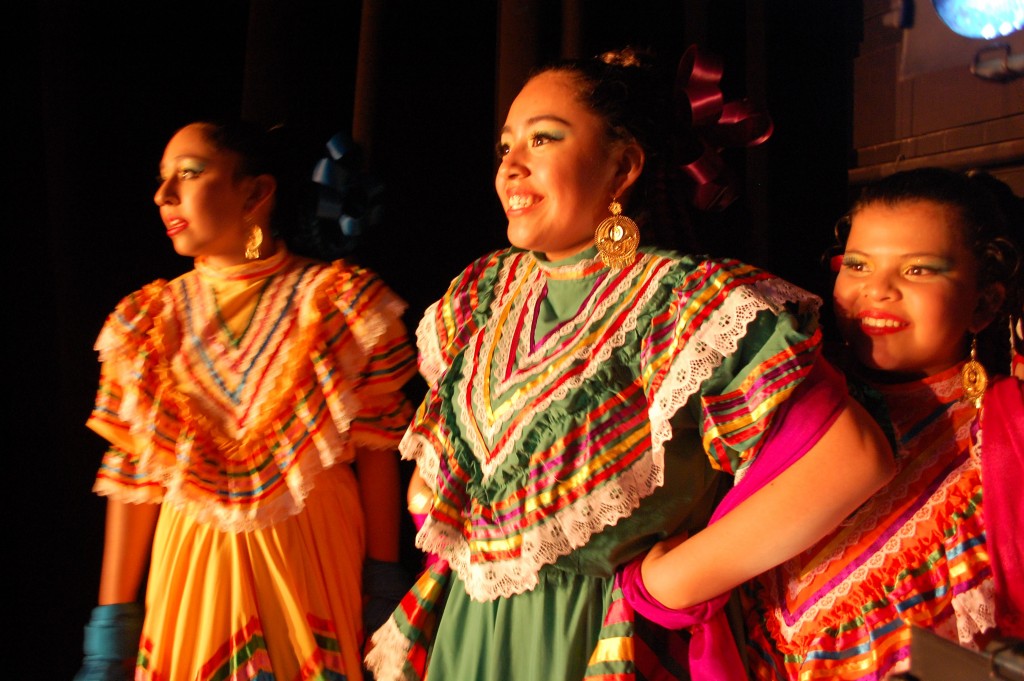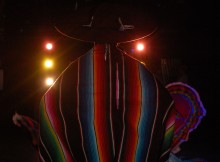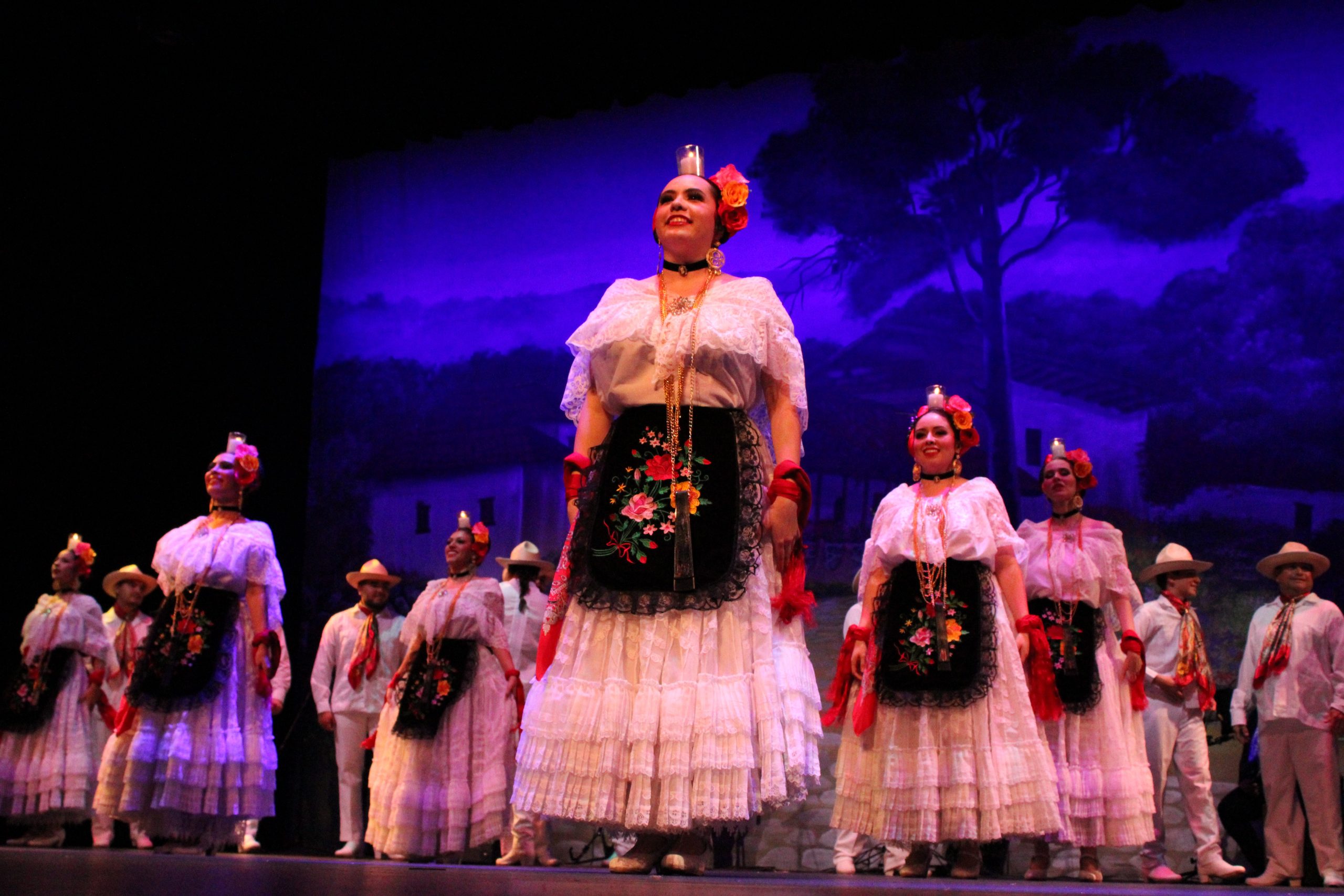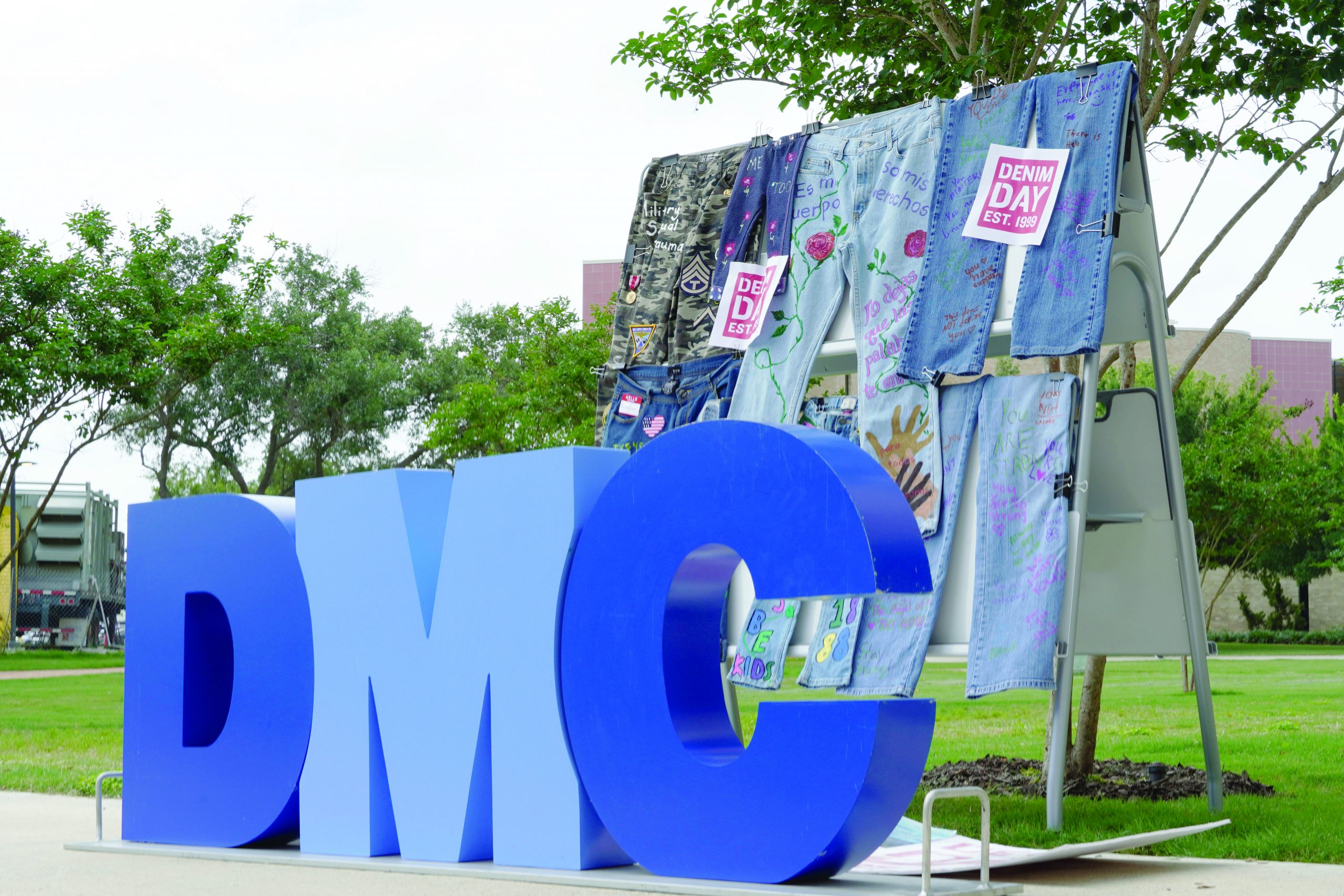
Cynthia Hagerman
Reporter
Nearly 600 dancers, wearing their brightest cultural outfits, gathered at Del Mar College’s Richardson Performance Hall on April 10-11 for the annual La Competencia Folklorico De Tejas competition.
Now in its third year, the event started on April 10 with competitions for large and small groups, ensembles and duets, and included workshops for the dancers.
The competition featured 27 groups from middle schools, high schools, colleges, universities and private companies.
The judges for the competition were all distinguished “Investigadores Y Maestros De La Danza Folklorica Mexicana” from Mexico. They evaluated each performance for costumes, presentation and execution, stage usage, technique and form, choreography, authenticity, and a general evaluation of the entry performance from start to finish.
Best of the Best Title Winners at La Competencia Folklórica de Tejas
- Best of the Best Title Winners Pre-Junior Division – Compañía Folklórica Alegría Mexicana (Houston, Texas)
- Junior Division – Compañía Folklórica Alegría Mexicana (Houston, Texas)
- Senior Division – Mixteco Ballet Folklórico (Houston, Texas)
- Adult Division – Academia Mexicana de la Danza (Nuevo Laredo, Mexico)
- High School Division – MCISD Folklórico (Mission, Texas)
- University Division – Colorado State University-Pueblo Ballet Folklórico (Pueblo, Colorado)
- Best Duet – Academia Mexicana de la Danza (Nuevo Laredo, Mexico)
But,what is folklórico you may ask?
Samantha Douty
Managing editor
Folklórico is a collection of Latin American folk dancing with styles that incorporate ballet, overexaggerations of flowing movements, bright colored clothing and extreme choreography.
The people who participate in Folklórico use their region to influence their dancing styles. This creates a different language communicated by their movements and style of clothing.
For each region of Folklórico there are different styles of dance and types of clothing. For instance, in the northern region of Neuvo Leon the men wear leather fringed vests and jackets, whereas the women wear braids and ribbons in their hair. In the Jalisco region the men wear sombreros and traditional Spanish clothing. The women in the Jalisco region wear Ranchero styles of dress and ribbons influenced by Indian culture.
The dance began with ancient people, before the idea of borders existed. People have been coming together for the past five decades to compete and celebrate their culture and heritage.
Folklórico is one of Mexico’s modern folk dancing traditions that are incorporated with the influences from African and European culture. The dance of Folklórico change over time from the style of dance, the music and even the style of clothing worn during the performances.
Some performers use animals to “transform” into character, whether they are used either metaphorically or religiously. They also use Folklórico as a way to protest silently against things such as corrupt policemen based on the clothing and masks they wear.
Folklórico is a way for people to come together and celebrate their culture.
Here are some images of the beautiful costumes of folklórico starting on page 2.





